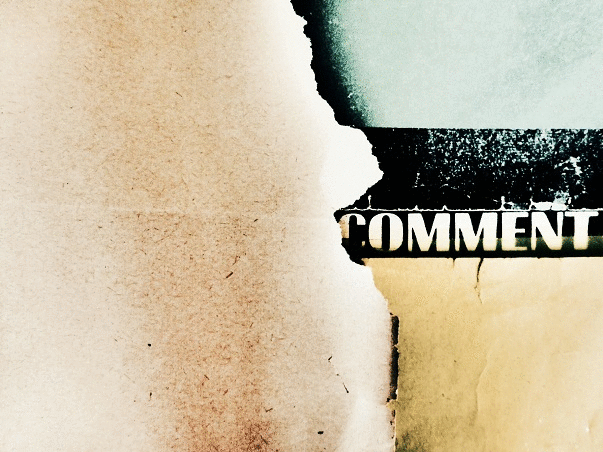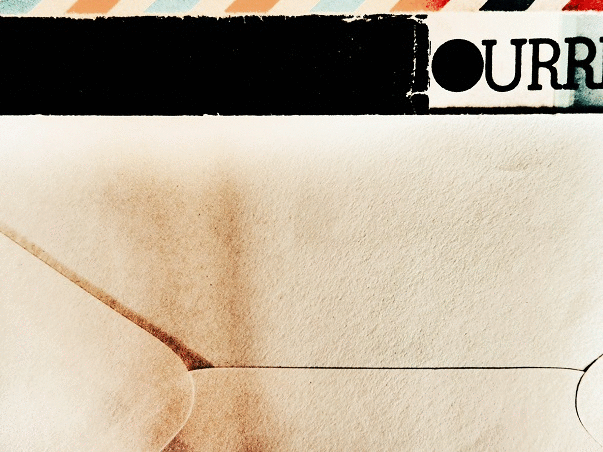
In an email interview, suzuki mentions the influence of film. As a young teenager, she went to the cinema every weekend. “It’s natural that film lovers long to make films,” she states, “but a great deal of labor, time, and expense is required for film production.” She adds, “GIF poems can be made alone.” Her GIF poems are influenced by the title sequences of Jean-Luc Godard’s films as well as by the innovative graphic designs created by Saul Bass for Alfred Hitchcock’s films.
Recently, six of suzuki’s GIF sequences have been dismantled and published by Michael Flatt’s Low Frequency Press as Invisible Scenery: deconstructed GIFS. Reproducing GIFs in a hand-bound print object might appear paradoxical, but suzuki asserts: “My GIF poetry is a silent film as visual poetry without sound.” The motionless GIFs, she writes, “are like still pictures of movies.”

GIF-composing is just one aspect of suzuki’s practice as a visual poet. “Found Words from Olivetti” is a series of poems prompted by the auditory experience of using a manual typewriter. “Unlike the computer’s keyboard, typewriter keys have sound and rhythm,” she explains. “Sitting in front of a typewriter, I vaguely type one key. That sound leads to one word, and then the next word is found.” suzuki compares her typing to writing haiku: “I let myself type with the flow of time and landscape.”
Many of suzuki’s visual poems are diary-like records of feelings and moods, such as those in logbook, published by Hesterglock Press. In the artist’s statement accompanying logbook, suzuki writes:
Like an otter swims through the culvert, I hold my logbook and row a boat into the night. When I finish work, I look up at the moon from my window. The moon also lights up my logbook. I hear a voice and melody from the page. An invisible story appears in the faint moonlight. For me, visual poetry means invisible poetry. I wonder if an otter could get to the river. I wonder if he could get to the sea under the sun eventually. I will continue rowing the boat in the night and keep a logbook, looking for the invisible stories.
The word “invisible” frequently appears in suzuki’s titles and in her poetic statements. She refers to her visual poetry as “invisible poetry.” “Invisible” is an odd word choice because visual poetry privileges letters and words as concrete, material entities to be encountered rather than simply read, but I take suzuki’s use of the term to indicate her interest in the unnoticeable and the imperceptible, like the subterranean streams of Tokyo that inspired her sequence of poems “Ms. cried.” “Ms. cried” is a homophonic transformation of the Japanese mizukuraido—literally “water-eating soil”—and refers to an area in Tokyo of hidden springs. suzuki explains the fieldwork that inspired her poems: “I walked along the springs and creeks of Tokyo, and I searched for the history of the subterranean streams. When I found spring water at a street corner, I was full of joy.”

